QuestionHi, i have a 3 month old german shepherd puppy who is frightened by dogs
AND people outside of my household...For example...when trying to walk him
into Petco he resisted while yanking his neck from the collar....i take him on
walks and to the park and if another dog is present he will cower underneath
the nearest table and began barking out of fear while peeing...i have a
chiuaha and he gets along with her and he also gets a long with my gf's
dog....how do i go about reversing his fear of outside people and dogs
AnswerIf his exposure to such things was limited before he was 12 weeks old, he may never do very well with them. A lack of early socilization may not be entirely undone. Don't coddle him and let it stress you. Both send him all the wrong messages. Try to build his self confidence. Start with obedience training. The key to most behavior problems is approaching things using the dog's natural instincts. Dogs see all the people and dogs in the household as a pack with each having their own rank in the pack and a top dog. Life is much easier if the 2 legged pack members outrank the 4 legged ones. You can learn to play the role of top dog by reading some books or going to a good obedience class. A good obedience class or book is about you being top dog, not about rewarding standard commands with a treat. Start at http://www.dogsbestfriend.com/ As you praise the dog for following your commands, it will build its confidence.
Play tug of war with the dog and lose. However at the end of the game, take the rope or toy and put it up, less the dog becomes confused about who is top dog. Ropes from the pets' store quickly turn to hazardous shreds. Ones I made lasted much better. Go to a hardware or home center that sells rope by the foot. Buy 2' of 3/4" poly rope. Melt the ends, and tie knots in it. Get them as tight as possible, put it in a vise and pound it with a hammer. Watch carefully, and be ready to discard when it comes apart.
Finally, make sure it has a den to live in. If you are not using a crate, buy one. The dog may be happier in its den than loose in the house. It relaxes, it feels safe in its den. It rests, the body slows down reducing the need for water and relieving its self. Dogs that have been crated all along do very well. Many of them will rest in their crates even when the door is open. I think the plastic ones give the dog more of a safe, enclosed den feeling. Metal ones can be put in a corner or covered with something the dog can't pull in and chew. Select a crate just big enough for the full grown dog to stretch out in.
A dog that has not been crated since it was little, may take some work. Start out just putting its toys and treats in the crate. Praise it for going in. Feed it in the crate. This is also an easy way to maintain order at feeding time for more than one dog.
You can arrange for people he doesn't know to offer him treats. Have them avoid looking him in the eye and letting their teeth show in a smile. Dogs find that threatening.
If the above doesn't seem to be helping much, you may have to hire a private trainer or behaviorist.

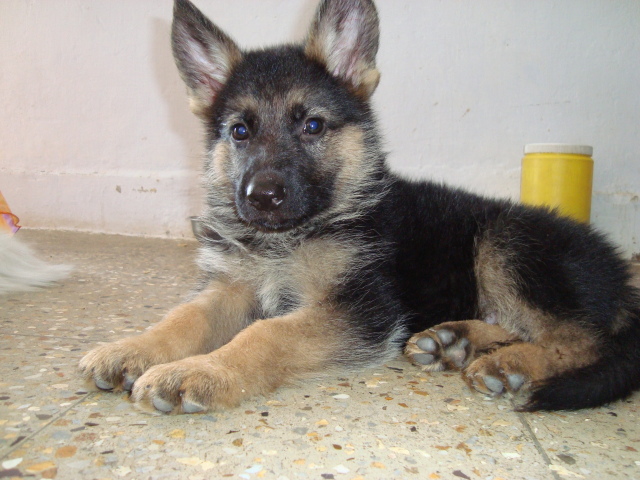 puppy weight
Question
Rocky
I recently purchase 2 mnths old GS puppy
puppy weight
Question
Rocky
I recently purchase 2 mnths old GS puppy
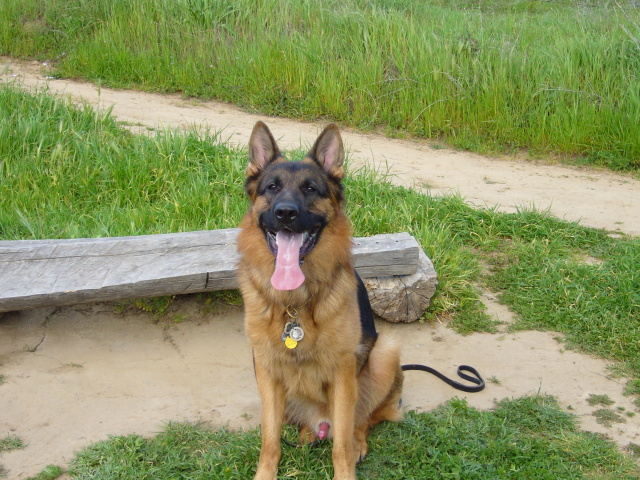 Aggression
Question
Ray
Hello, I need help...I lost my female GSD
Aggression
Question
Ray
Hello, I need help...I lost my female GSD
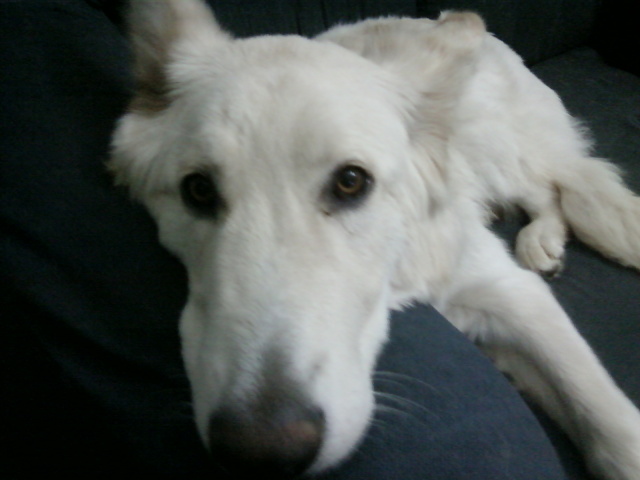 A traumatic experience
Question
Kelsie
Hi, we have two dogs and the second one
A traumatic experience
Question
Kelsie
Hi, we have two dogs and the second one
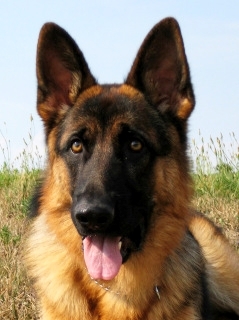 2yo German Shepherd Male
Question
My Boy...
Hi there....I have a 2 year old, pur
2yo German Shepherd Male
Question
My Boy...
Hi there....I have a 2 year old, pur
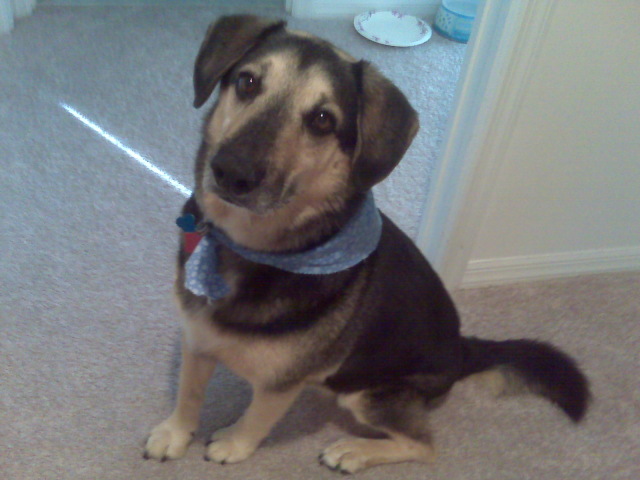 German Shepherd Mix Food
Question
Harley
Hello,
I have a 6 1/2 year old German S
German Shepherd Mix Food
Question
Harley
Hello,
I have a 6 1/2 year old German S